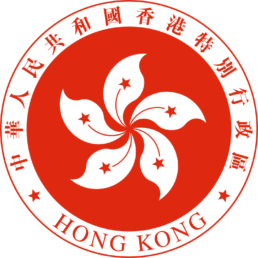Hong Kong is protecting residents from deadly, rain-induced landslides by strategically installing barriers and drainage tunnels.
The topography across Hong Kong’s land area is dramatic: more than 60% of the land is steeper than 15 degrees and 30% is steeper than 30 degrees. Very high rainfall on this hilly natural and man-made terrain has resulted in frequent and disastrous landslides across the densely developed city. Quantitative risk assessments had predicted up to 2,500 landslides per year and identified high-risk zones. To mitigate these risks, the city is implementing low-impact and effective landslide protection solutions.
Using remote sensing tools and GIS-based landslide modeling, the city has designed and strategically placed both flexible and rigid barriers to resist the impacts of landslides. This approach was chosen in favor of slope stabilization, which is not only costly but also requires extensive earthworks and tree felling. In addition, drainage tunnels and smart monitoring technology enable better control of groundwater in the city’s slopes – one of the primary drivers of landslides.
50,000 projected landslides could be avoided through low-impact design
The challenge
Hong Kong is a mountainous city with dense urban development built on steep man-made and natural terrain. Many of the man-made slopes were constructed 50 years ago without proper engineering, and with the city’s high rainfall, landslides are common and cause extensive socio-economic damage and fatalities.
Co-benefits
Economic The project lowered the landslide risk to “as low as reasonably practicable,” reducing direct and indirect economic losses associated with landslides. The project also created 550 jobs during construction.
Environmental Any trees felled and undergrowth cleared during the engineering works is compensated by planting additional trees and shrubs.
Health Reduced landslide risk has improved public safety and created a more livable environment for Hong Kong citizens.
About Hong Kong
Hong Kong is an autonomous territory on China’s south coast. It has an area of 1,104 km2, and with a population of around 7.2 million, Hong Kong is the world’s fourth most densely populated country or territory. Hong Kong is one of the world’s most significant financial centres, with the highest Financial Development Index score and consistently ranks as the world’s most competitive and freest economic entity. Nicknamed “Pearl of the Orient”, Hong Kong is renowned for its deep natural harbour, which boosts the world’s 5th busiest port and its impressive skyline, with the most skyscrapers in the world.


